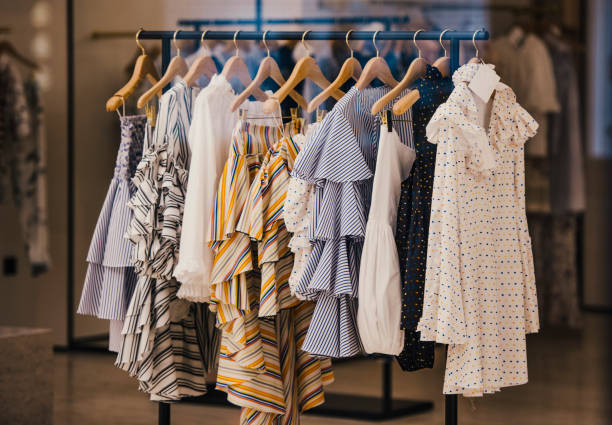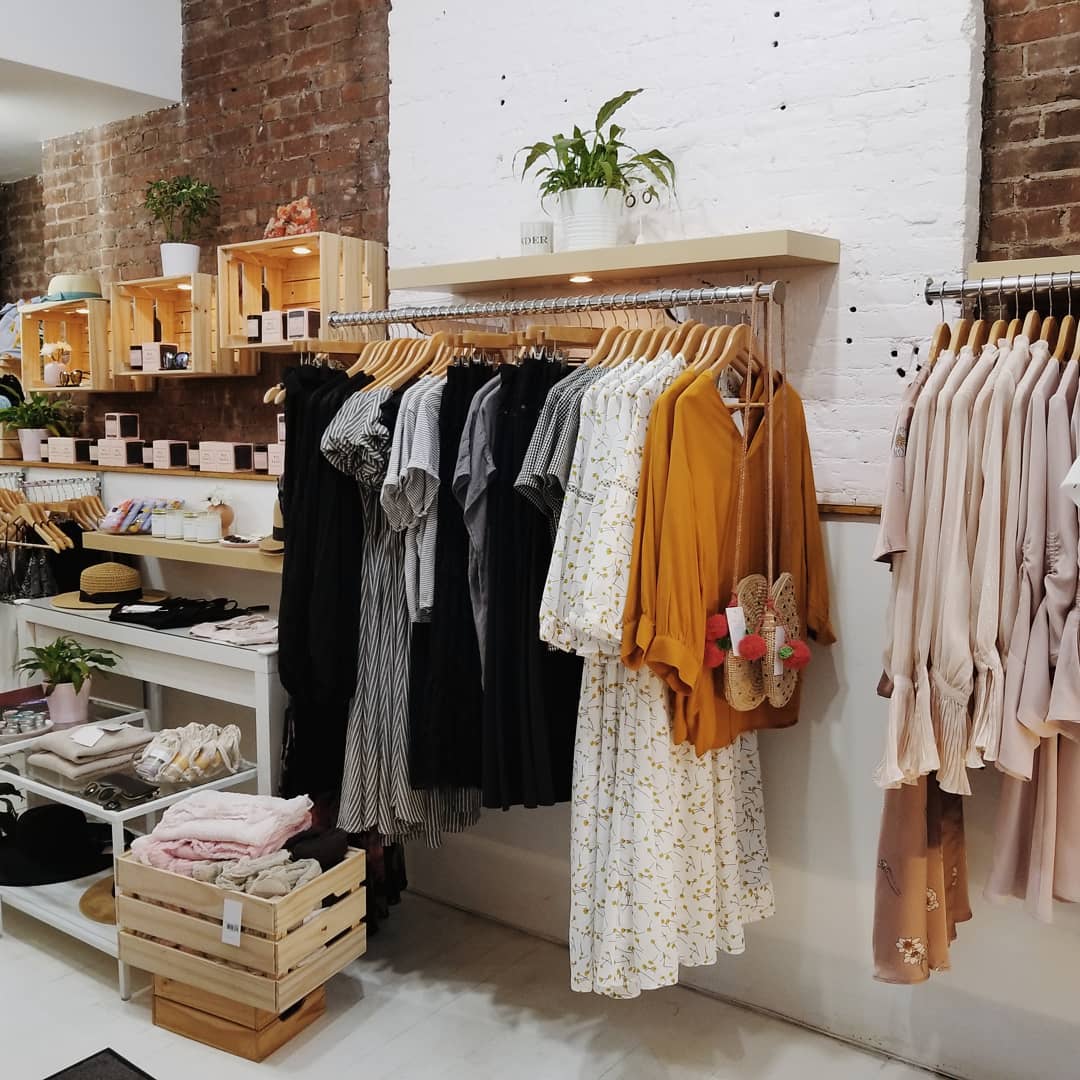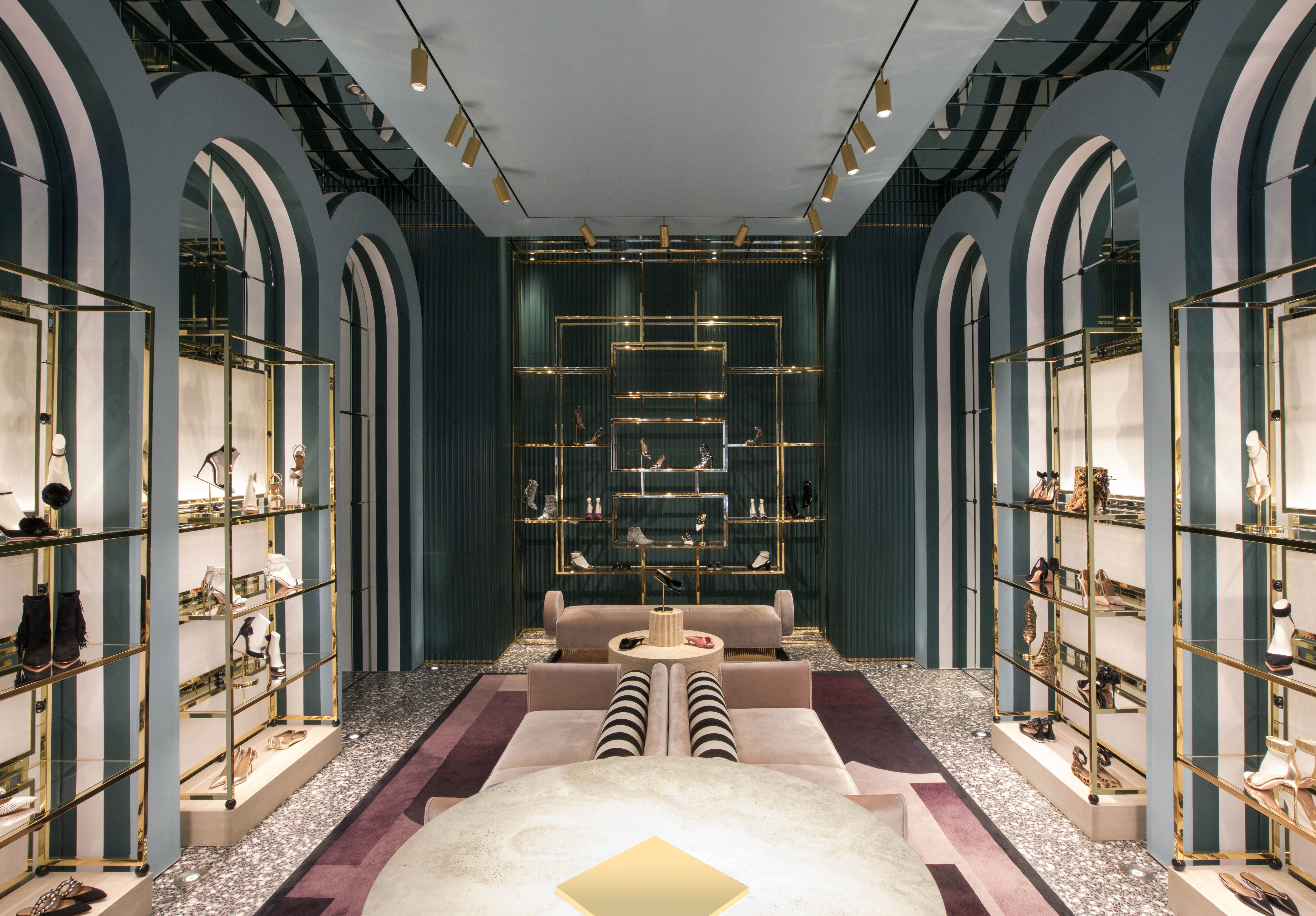Discovering the Evolution and Influence of Apparel on Modern Fashion Trends
The evolution of clothes has dramatically affected contemporary fashion patterns, merging historic criteria with cutting-edge innovations. Legendary numbers like Coco Chanel and Yves Saint Laurent transformed the style market by presenting principles that prioritize comfort and ease of access, which proceed to resonate today.
Historical Fashion Influencers
In the tapestry of style background, particular numbers have left an enduring mark, forming the patterns and designs that specify entire eras. Coco Chanel, a revolutionary developer, redefined women's fashion by introducing comfortable, sophisticated clothes that left from limiting corsets. Her iconic Chanel suit and little black outfit have become timeless staples in wardrobes worldwide. Christian Dior's post-war "New Look" in 1947, with its event of feminineness through complete skirts and cinched waistlines, marked a return to luxury and has actually continued to affect developers.
Elsa Schiaparelli is another critical figure, renowned for her avant-garde styles that incorporated surrealist art, teaming up with Salvador Dalí to develop whimsical pieces that challenged traditional appearances. Her innovative usage of shade and strong patterns reverberates in contemporary fashion. Yves Saint Laurent, on the other hand, equalized haute couture with prêt-à-porter collections, bringing path designs to the masses and establishing a criterion for modern ready-to-wear lines.
These dreamers, to name a few, not only reinvented style in their times yet additionally set sustaining patterns that reverberate in today's style industry, supplying a structure upon which modern-day developers continue to innovate and build. Their traditions highlight the value of creative thinking and daring in vogue's ever-evolving narrative.
Technological Developments in Style
In the middle of the dynamic landscape of the style industry, technical innovations stand at the center of development, improving how developers develop and consumers engage with style. The assimilation of 3D printing has actually changed layout processes, enabling developers to experiment with complex frameworks and sustainable products that were formerly inconceivable. This technology promotes fast prototyping, decreasing waste and expediting production times.

Smart fabrics, installing modern technology right into fabrics, are additionally changing the market. Developments like temperature-regulating and self-cleaning textiles provide boosted functionality and convenience. Wearable modern technology, incorporating attributes like fitness monitoring and interaction, includes a brand-new measurement to fashion, combining visual appeals with functionality.
Social Shifts and Design
As technical developments remain to improve the garment industry, social shifts are just as significant, redefining style and customer preferences. In recent times, the surge of social networks systems has actually accelerated the dissemination of worldwide style trends, permitting varied social impacts to exist side-by-side and assemble. This electronic interconnectivity has assisted in the quick exchange of ideas, leading to a much more diverse and comprehensive interpretation of design that reflects the complex nature of contemporary culture.
Social recognition and gratitude have actually motivated designers to attract motivation from a wider range of ethnic and historic contexts, incorporating traditional themes with contemporary looks. This blend has actually resulted in fashion that resonates with a broader target market, advertising a feeling of identity and belonging throughout various demographics. Additionally, the raising need for customization has actually driven brand names to offer customizable options, allowing consumers to express individuality while reflecting their cultural heritage.
Moreover, moving social worths have actually impacted style, with inclusivity and variety coming to be main themes. The sector has begun to accept models and influencers of different body types, ethnicities, and sex identities, tough conventional charm requirements. This improvement emphasizes the power of social shifts in shaping the future of fashion, as style ends up being a much more genuine expression of collective and individual identification.
Sustainability and Modern Style
While the style market remains to evolve, the vital for sustainability has actually ended up being progressively immediate, influencing modern-day design techniques. This shift intends to attend to honest factors to consider and ecological issues, bring about a reevaluation of standard manufacturing techniques. Designers are now integrating sustainable materials, such as organic cotton, recycled polyester, and naturally degradable materials, into their collections, reducing the environmental footprint of fashion. The rise of sluggish fashion, which stresses top quality over quantity, urges consumers to purchase classic items instead than short-term fads.
Additionally, modern-day layout is characterized by its technology in reducing waste and advertising circularity. Techniques such as zero-waste pattern cutting and 3D knitting are obtaining traction, allowing designers to produce garments with marginal textile wastefulness. Homepage In addition, brands are taking on transparent supply chains, making certain responsibility and fostering customer trust fund. This strategy not just reduces environmental impact however also improves the social have a peek at these guys responsibility of fashion houses.

Future Trends in vogue

Sustainability will certainly remain to be a driving force in forming future style trends. The industry is progressively embracing environmentally friendly products and ethical manufacturing approaches, replying to a growing customer need for responsible techniques. Advancements such as bio-fabricated materials and closed-loop recycling systems are set to redefine how apparel is created and taken in, lowering ecological effect while maintaining style and quality.
Social changes, consisting of the surge of inclusivity and variety, will also play a critical duty. As society comes to be a lot more familiar with social problems, fashion is anticipated to become a system for expression and modification. Designers will likely concentrate on creating collections that reflect a more comprehensive variety of experiences and identities, championing depiction and availability.
Final Thought
The evolution of apparel substantially affects modern fashion patterns, where historical influences merge with modern layouts. Secret figures like Coco Chanel and Yves Saint Laurent have redefined design, while technical advancements such as 3D printing and clever textiles increase innovative opportunities. Cultural changes towards inclusivity and sustainability force brand names to take on ethical techniques and accept variety. This continuous evolution underscores fashion's function as a mirror to social values and technological improvement, recommending a future rich with development and inclusivity.
The you can look here development of garments has actually significantly influenced modern-day style patterns, merging historical precedents with advanced innovations.Among the dynamic landscape of the fashion sector, technical developments stand at the leading edge of development, reshaping just how designers produce and consumers engage with style.While the fashion market proceeds to progress, the imperative for sustainability has actually ended up being increasingly immediate, affecting modern-day design methods. As sustainability comes to be embedded in modern-day design, it leads the method for a much more liable and conscious style industry.
The evolution of clothes considerably influences modern fashion trends, where historic influences combine with modern styles.
Comments on “The Effect of Social Media on Today's Boutique Fashion Trends”